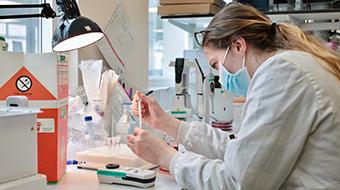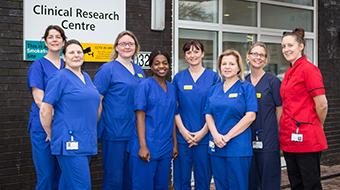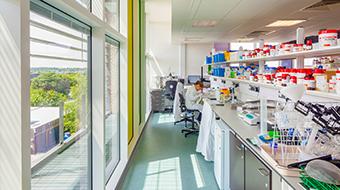Acupuncture for pain relief
Clinicians in the West have used acupuncture since the 1970s. They believe that acupuncture helps reduce pain by stimulating the brain to release the body’s natural pain killers called endorphins and encephalins, which can reduce pain and inflammation.
Acupuncture appears to be effective in a wide range of painful conditions for example neck, arm, back and leg pain. It has been successfully used to treat headaches, migraines, trapped nerves and various kinds of rheumatic, arthritic and muscular pain.
Some people however may not feel any benefit.
Treatment
- Your consultant has recommended that you receive a course of acupuncture, a nurse specialist will perform the treatment.
- The needles used are sterile and disposable and are left in situ for approximately 20 minutes (except for the first time they are left in situ for 10 minutes to assess your response).
- The acupuncture needles may cause a mild temporary discomfort on insertion and you may experience an ache or tingling whilst the needles are in situ. If you experience any pain during your treatment please notify the nurses.
Possible side effects
These are rare but may include:
- Drowsiness/fatigue.
- Increased pain (usually temporary).
- Faint/light headed.
- Mild sickness.
- Needle site bleed/bruise.
Possible benefits
Acupuncture is not a cure, but can help relieve your pain. It can:
- Decrease the pain after 3/4 sessions.
- Decrease the amount of painkillers you need to take.
- Improve sleep.
- Increase your sense of wellbeing, daily activities and mobility.
You will be asked at your first appointment if you:
- Take any blood thinning medication such as: Warfarin, Clopidogrel, Rivaroxaban, Dipyridamole, Dabigatran…. please note this list is not exhaustive.
- Are diabetic.
- Suffer with epilepsy.
- Are pregnant.
- Suffer with allergies.
- Have a pace maker.
Risks
- Pneumothorax. Very rarely. 10 in 200,000.
- Increased pain.
- Infection.
Please note if you fail to attend your first appointment without notifying the number on this leaflet, your course will be cancelled.
If you are unable to attend two or more sessions, your course will be cancelled.
For further help
If you have any other worries or questions about your acupuncture, please discuss them with your practitioner.
References
BMAS (British Medical Acupuncture Society)
www.medical-acupuncture.co.uk
If you or the individual you are caring for need support reading this leaflet please ask a member of staff for advice.
How to contact us:
Pain Clinic
Gloucester House
Southmead Hospital
Westbury-on-Trym
Bristol
BS10 5NB
Telephone: 0117 4147361
Email: PainClinicClinical@nbt.nhs.uk
© North Bristol NHS Trust. This edition published February 2024. Review due February 2027. NBT002108.







